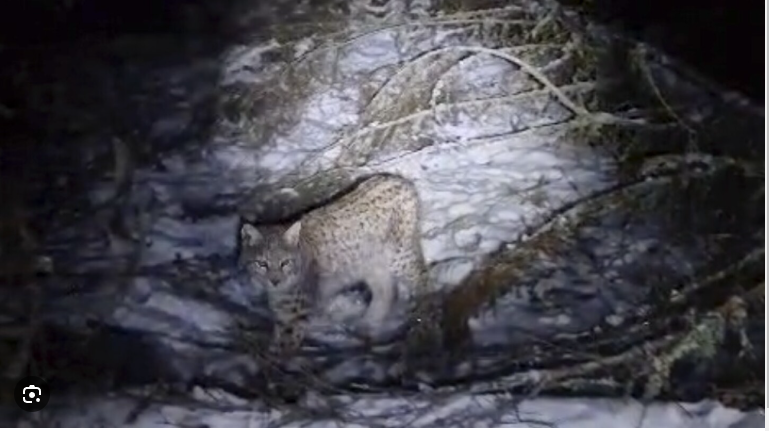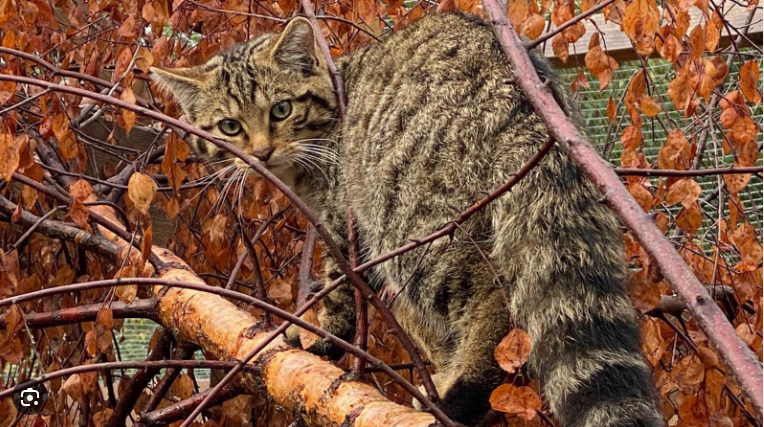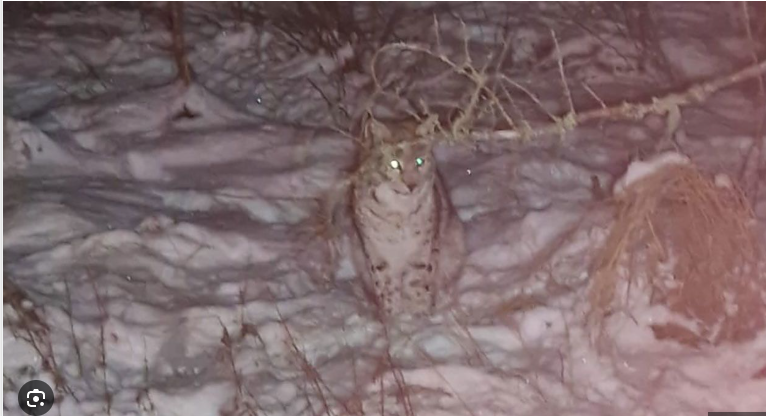Introduction:
In the stunning landscapes of the Scottish Highlands, concerns are mounting over the recent capture of four lynx by park rangers. The incident has sparked fears of ‘rogue rewilding’ – a term used to describe the reintroduction of species without proper oversight or management. But what exactly does this mean for the delicate balance of ecosystems in the region?
What is ‘Rogue Rewilding’ and Why is it a Concern?
Rogue rewilding refers to the unauthorized or poorly managed reintroduction of species into an ecosystem. This can have significant implications for biodiversity, as it may disrupt existing food chains, habitats, and populations. In the case of the Scottish Highlands, the capture of four lynx has raised questions about the potential impact on local wildlife and communities.

What are the Implications for the Scottish Highlands?
The Scottish Highlands are known for their rich biodiversity, including iconic species such as red deer, golden eagles, and Scottish wildcats. The introduction of lynx, a predator that has been absent from the region for centuries, could have far-reaching consequences. While proponents of rewilding argue that it can help restore natural balance and biodiversity, concerns remain about the lack of proper planning and oversight in this case.
How Can ‘Rogue Rewilding’ be Prevented?
To prevent the negative impacts of rogue rewilding, it is essential to have robust management plans in place. This includes conducting thorough ecological assessments, consulting with stakeholders, and ensuring that reintroductions are carried out in a responsible manner. By following best practices and working collaboratively, we can help protect both wildlife and local communities from the unintended consequences of rewilding projects.

Conclusion:
As the debate over ‘rogue rewilding’ continues to unfold in the Scottish Highlands, it is clear that careful consideration and planning are essential when it comes to reintroducing species into natural ecosystems. By addressing concerns and working together towards sustainable solutions, we can ensure that rewilding efforts benefit both wildlife and the environment for generations to come.


